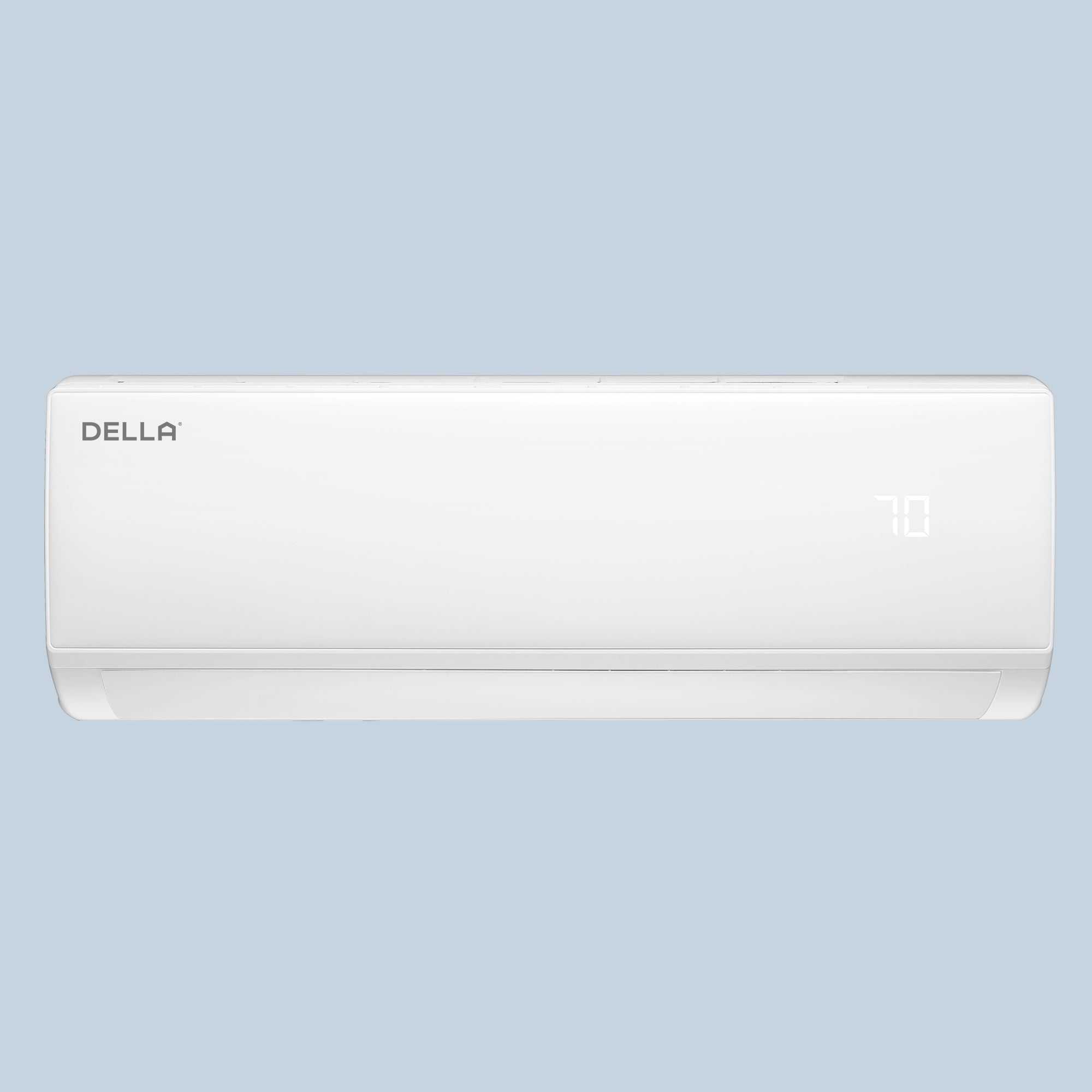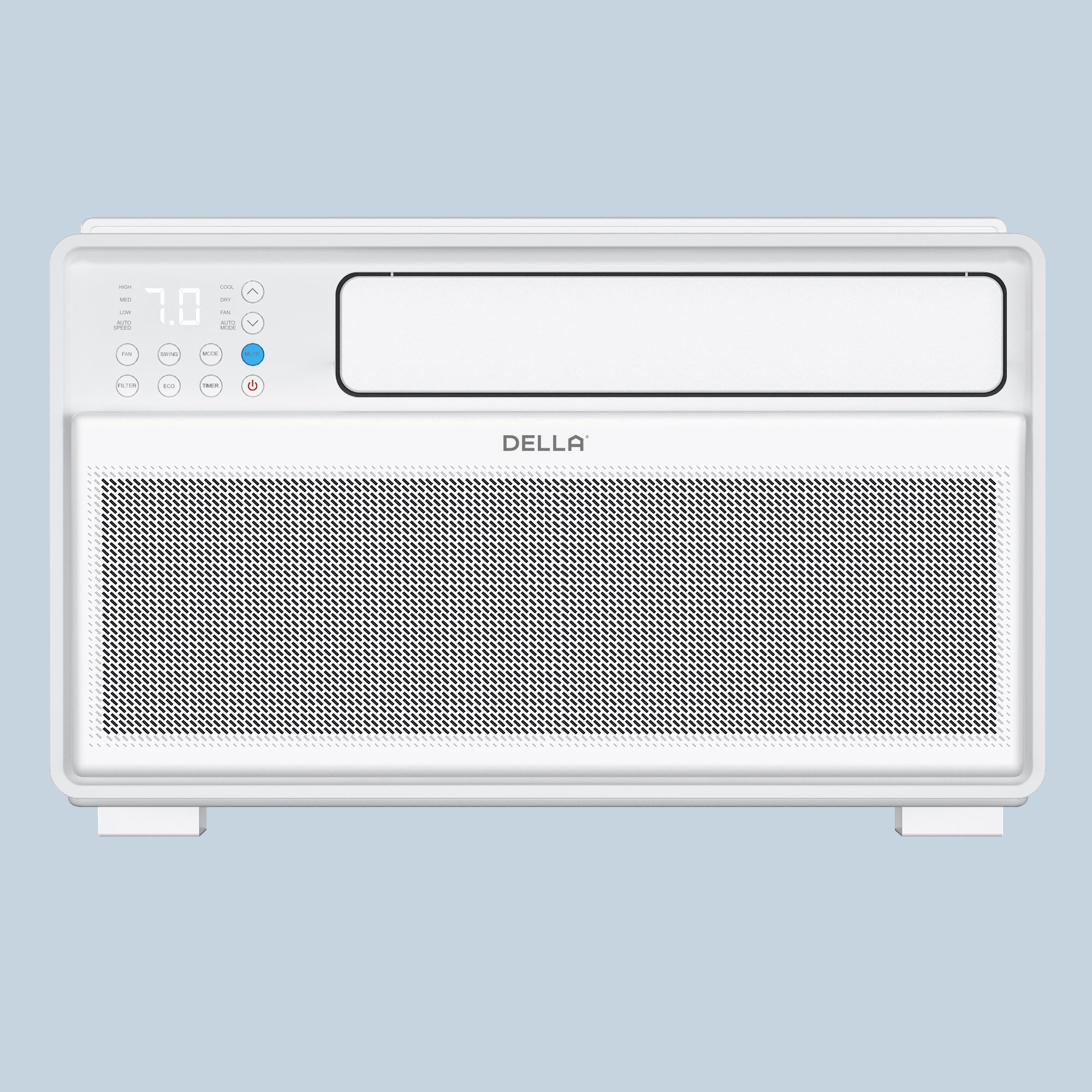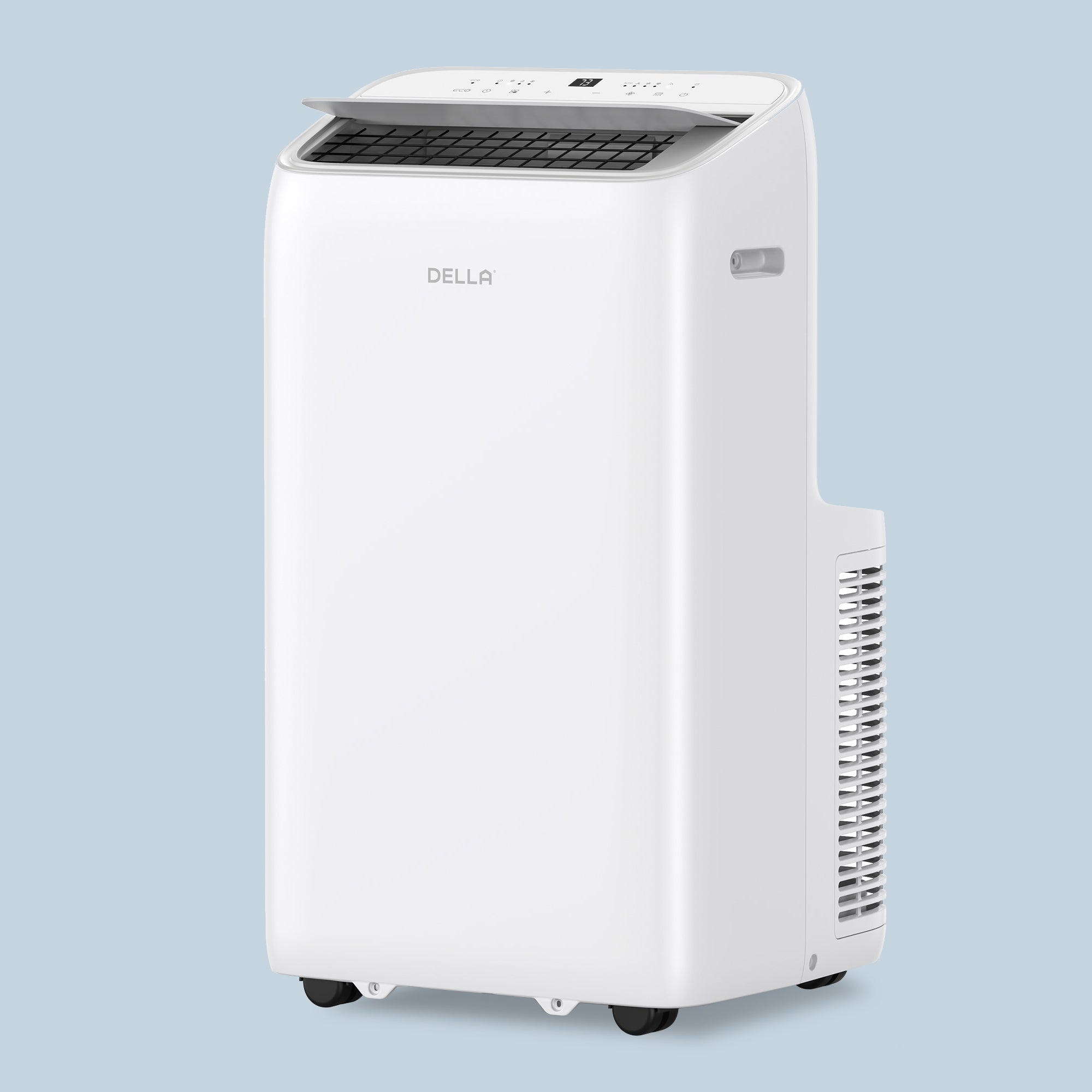Choosing the right number of mini splits is essential for efficient, cost-effective climate control. This guide breaks down whether each room needs a unit, how multi-zone mini split systems work, and the best setup for your comfort and budget.
How Many Mini Splits Do I Need?
Single Room or Small Apartment
If you’re cooling a single room or a small, open apartment, one mini split unit can usually handle the space. This applies if the room or apartment doesn’t have major temperature differences across zones and is smaller than 600 square feet.
Multiple Rooms or Zoning Needs
For homes with separate rooms, each room often functions best as an individual “zone.” Bedrooms, living rooms, and kitchens all have unique temperature needs, so adding a dedicated mini split for each can help maintain comfortable conditions throughout the home.
Sunlight Exposure and Room Location
Rooms with different sunlight exposure or insulation will need their own unit. For instance, a south-facing room or one with large windows might require a separate unit due to added heat, while north-facing rooms could do with less cooling power.
Multi-Zone Mini Split for Multiple Rooms
When you need climate control in multiple rooms without adding individual outdoor units, a multi-zone mini split may be ideal. One outdoor compressor can connect to multiple indoor units, reducing equipment while still maintaining individual temperature control in each room.
Whole-House Coverage
If you’re looking for whole-home cooling in a large house, installing a mini split in each major area (bedrooms, living areas, kitchen) provides optimal climate control. However, if the home has central airflow, a mini split system might be better used as a supplementary unit.

Single Zone vs. Multi-Zone Mini Splits
When deciding between single zone and multi-zone mini splits, it’s essential to consider how you use each room, the layout of your home, and your budget.
Single-Zone Mini Splits: Targeted, Room-by-Room Control
Single-zone systems are best and more affordable if you need climate control in one room, like a bedroom or office, with precise temperature settings. But it becomes costly if each room requires its own separate system (one outdoor and one indoor unit per room) since each additional room needs a complete mini split units setup.
Multi-Zone Mini Splits: Cost-Effective for Multiple Rooms
Multi-zone mini splits are more economical when you need climate control in several rooms. With one outdoor unit powering multiple indoor units, multi-zone systems reduce installation costs and outdoor space requirements, also save on operational costs by centralizing power into one outdoor unit rather than multiple units, which reduces overall energy consumption.
Efficiency Comparison
Multi-zone mini splits tend to be more energy-efficient for homes needing climate control in multiple rooms. By using a single outdoor unit to power several indoor units, multi-zone systems consolidate energy use. This also means that each indoor unit can be adjusted independently, so you can turn off units in unused rooms, further reducing energy consumption.
In contrast, single-zone mini splits are efficient for controlling temperature in one isolated room but become less efficient and more energy consumption as you add more units.

Should I Put a Mini Split in Every Room?
In most cases, you don’t need a mini split in every room. A multi-zone mini split system can cover multiple areas effectively, especially if rooms have similar climate needs. However, if each room has unique temperature requirements—like bedrooms needing cooler air for sleep, a kitchen requiring less cooling, or sunlit areas needing extra cooling—then a dedicated mini split for each room may be beneficial.
Conclusion
In summary, choosing the right number of mini splits for your home can greatly enhance comfort and efficiency. For most homes, a high-efficiency multi-zone system is the ideal choice, as it provides flexible, room-by-room control without the cost of separate units in each space. If you’re ready to upgrade, consider Della’s multi-zone split air conditioners for sale, available in 2-head mini splits, 3-head mini splits, and 4-head mini splits configurations, for efficient and customizable climate control tailored to your needs. Make the smart choice with Della’s advanced multi-zone options today!
FAQs about Multi-Zone Mini Splits
How do multi-zone mini-splits work?
Multi-zone mini-split systems work by using a single outdoor unit connected to multiple indoor units located in different areas or rooms of a home. Each indoor unit has its own thermostat and blower, allowing it to independently control the temperature in its assigned “zone.”
The outdoor unit, which contains the compressor, pumps refrigerant through insulated lines to the indoor units. When heating or cooling is needed, the indoor unit’s fan blows air over coils containing the refrigerant, which either absorbs heat (for cooling) or releases heat (for heating), depending on the mode. This process allows each room or zone to be heated or cooled separately, with no need for ductwork.
Can a multi-zone mini-split system provide heating and cooling for an entire home?
Yes, a multi-zone mini-split system can effectively provide heating and cooling for an entire home, especially if the home is well-insulated and the system is correctly sized. Each indoor unit in the system operates independently, allowing precise temperature control in each room or area.
Are mini splits easy to install in an existing home?
Yes, mini-splits are generally easier to install in existing homes compared to traditional ducted systems, mainly because they don’t require any ductwork. Installation involves mounting the indoor units on walls in the rooms where heating or cooling is needed and running small refrigerant lines and electrical wiring between each indoor unit and the outdoor unit. The refrigerant lines require only a small hole in the wall, minimizing structural changes.
What Size of Mini Split Do I need for my house?
To determine what size of mini split you need for your house, you’ll need to consider factors like the square footage of each room, insulation quality, ceiling height, and local climate. Mini-split sizes are typically measured in BTUs (British Thermal Units), with a rough estimate of about 20 BTU per square foot as a starting point. However, larger rooms, poor insulation, or extreme climates may require additional capacity. For instance, a 500-square-foot room might need a 10,000 BTU unit, while a 1,000-square-foot space might need around 20,000 BTUs.
Read More:
Mini Split vs Central Air: Which Cooling System Is Best?
How Many Watts Does a Mini Split Use? Energy-Saving Guide
How Much Does It Cost to Install a Mini Split Unit in Garage?
How Does a Mini Split Air Conditioner Work?
How Many BTU to a Ton? Your Guide to the Right Air Conditioner








LEAVE A COMMENT
All comments are moderated before being published.
This site is protected by hCaptcha and the hCaptcha Privacy Policy and Terms of Service apply.